Like many other 21st-century universities during this time of declining state support, the College of William and Mary has had to balance the needs of its students with the availability of funding.
In recent years, adjunct professors have become a useful strategy as the College attempts to maintain its commitment to a strong liberal arts education without compromising its financial stability.
“The College does employ adjuncts but they are [providing] a small portion of our instruction, the vast majority of which is carried out by full-time faculty,” Provost Michael Halleran said in an email. “Because they typically teach only one course, their headcount suggests that they do more of the instruction than they in fact do.”
Since 2008, the number of adjuncts at the College has risen from 165 to 184, echoing trends from other universities across the country. Currently, tenured professors account for approximately 57 percent of the College’s entire faculty, reflecting the College’s attempt to retain low student-to-faculty ratios through the use of less expensive, non-tenure-eligible faculty.
“Many of them are professionals who bring their unique expertise to the classroom and provide courses in specialties that would not otherwise be offered,” Halleran said in an email. “They also help us meet surges in demand for particular courses. In short, adjuncts enhance our curricular offerings. It is true that in teaching individual courses, they do not receive the same level of salary but budget is not the driving element in our use of adjuncts, which by [national] standards is very low.”
Since 2006, the College has increased its full-time faculty from 636 to 666, while over the same period adjunct professors have increased in number from 165 to 184, making adjuncts 22 percent of the total faculty. College administrators note that none of these new adjuncts were added to the arts and sciences faculty, and that they correlated with an increased enrollment of 327 students since fall 2008.
In some of the College’s other schools, such as the Marshall-Wythe School of Law, adjuncts are even viewed as particularly valuable assets. This is because many are employed in the fields in which they teach as practicing lawyers, businessmen, judges, etc.
“At the Law School, adjunct professors are a vital part of our faculty,” Marshall-Wythe School of Law Director for Communications Jamie Welch-Donahue said in an email. “However, they usually only teach one course per semester and almost always have full-time responsibilities elsewhere in the community as practicing attorneys or judges. Similar to our full-time faculty, our adjuncts take seriously their roles as mentors to our students. Our adjunct professors share their time with students outside of class to offer them guidance and advice as they plan their legal careers.”
Whatever the debate about adjunct professors, full-time faculty remain the largest component of the College’s undergraduate program.
“It is important to note that the figure cited for tenured faculty … only factors faculty head counts,” Director of University Relations Brian Whitson said in an email. “In this case, 57.3 percent of all William and Mary faculty, considering full-time equivalents, are full-time tenured professors. When considering both tenured and tenured-track full-time professors, this percentage increases to 74.5 percent. … All of those numbers compare favorably with the best schools in the country.”
College administrators note that the presence of adjunct professors is largely designed to compliment that of full-time faculty.
“Adjunct faculty bring to the classroom perspectives gained from years of practicing law that enriches our students’ understanding of the roles and responsibilities of lawyers,” Welch-Donahue said in an email. “These professors come from a range of practice areas, having worked as judges, prosecutors, public defenders, and as attorneys in government agencies, corporations, or nonprofit organizations.”
The current version of the College’s strategic plan denotes the continued emphasis on undergraduate education that has earned recognition across the country and the globe. Adjunct professors are seen as a necessary component to maintaining that status quo, their replacement with tenure-eligible, full-time faculty perceived as fiscally unsustainable.
“[The College] combines the best elements of a liberal arts college and a research university with select graduate and professional programs,” the strategic plan reads. “[The College’s] success in blending those two aspects is our great competitive advantage. To an extraordinary degree, we effectively integrate teaching and scholarship and provide powerful faculty-student interaction. That is our great competitive advantage.”





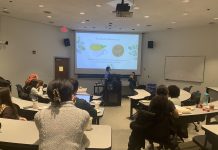
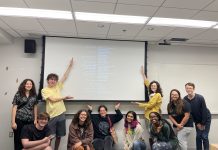








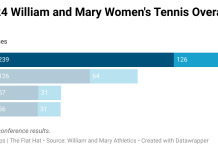
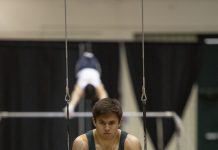





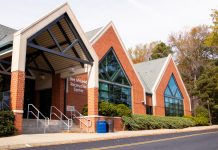
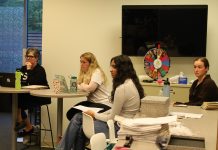
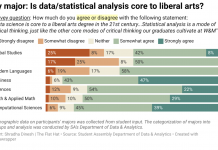

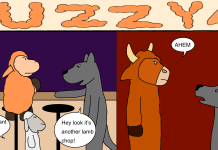




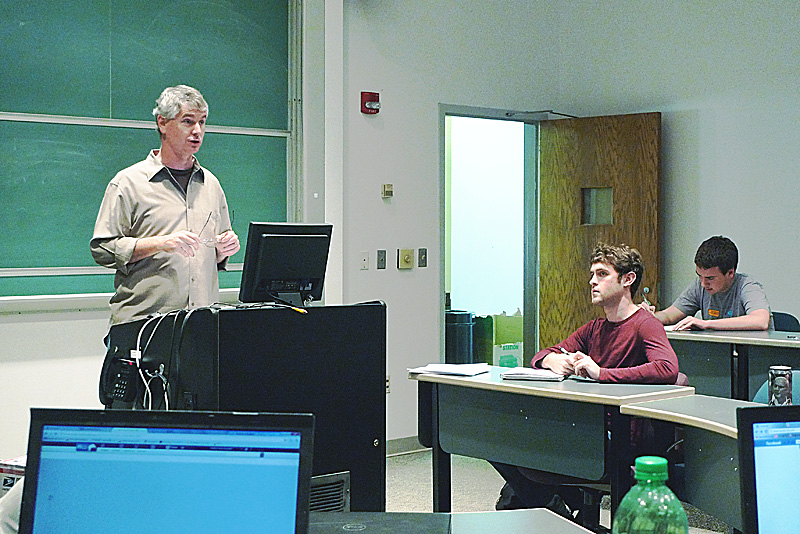




I would have loved to have read the other side of the argument here, too — how many adjunct professors throughout the country don’t even make enough to support themselves. Do William & Mary students want to be taught by adjunct professors who work three other low-paid jobs to support their children? Although increasing adjuncts may improve the financial situation, they really hurt the educational one.